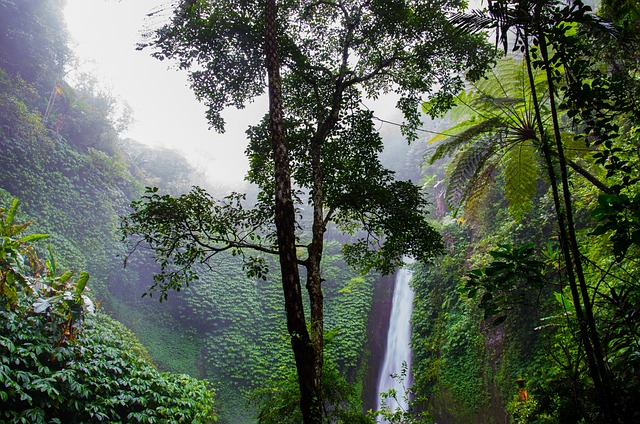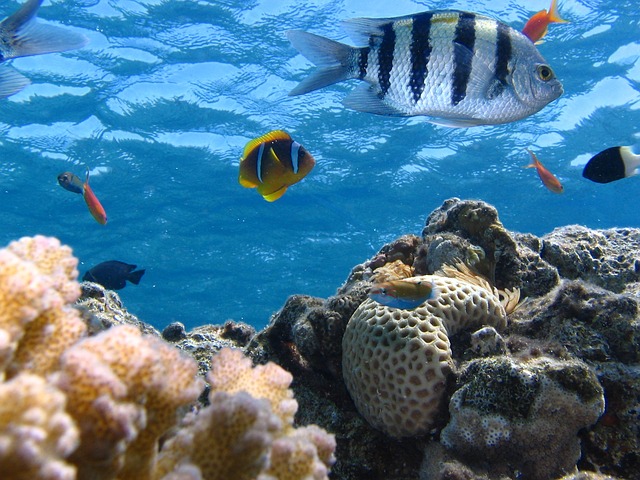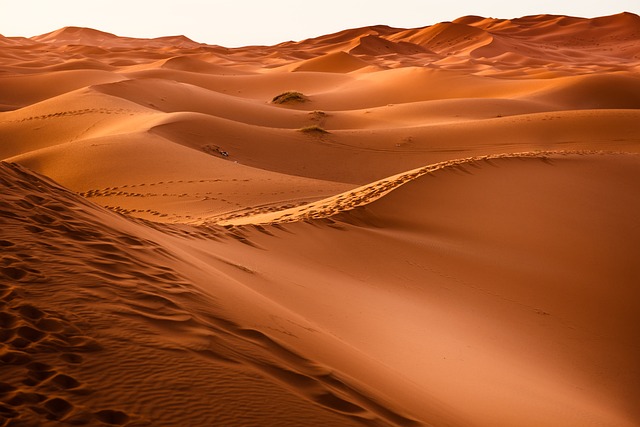Earth is a planet of unparalleled diversity, boasting a myriad of ecosystems that together form the intricate tapestry of life. These ecosystems, ranging from lush rainforests to arid deserts, are home to a vast array of species, each playing a unique role in the web of life. In this article, we’ll embark on a journey to explore the wonders of biodiversity and the extraordinary ecosystems that make our planet a living masterpiece.
The Richness of Biodiversity
Biodiversity, short for biological diversity, refers to the variety of life on Earth, from the tiniest microorganisms to the largest mammals. It encompasses not only the number of species but also the genetic diversity within those species and the various ecosystems they inhabit. Biodiversity is essential for the health and resilience of our planet and its ability to support life.
Rainforests: Earth’s Lungs
The rainforests, often referred to as the lungs of the Earth, are among the most biodiverse ecosystems. These lush, tropical regions, found in South America, Africa, and Southeast Asia, are home to an astonishing array of plant and animal species. They are not only a source of wonder but also play a crucial role in regulating the Earth’s climate by absorbing carbon dioxide and releasing oxygen.

Coral Reefs: Underwater Marvels
Beneath the surface of our oceans, coral reefs thrive in a world of vibrant colors and intricate patterns. These underwater ecosystems provide shelter to countless marine species, including colorful fish and intricate coral formations. Coral reefs are essential to ocean health, and they contribute to fisheries, tourism, and coastal protection.

Grasslands: The Breadbasket of the World
Grasslands, from the expansive prairies of North America to the savannas of Africa, are often called the breadbasket of the world. These ecosystems support a wide variety of herbivores and predators, making them vital for both wildlife and agriculture. They are also significant carbon sinks and play a role in climate regulation.
Deserts: Life in Extreme Environments
Deserts, harsh and seemingly barren, are ecosystems teeming with life, adapted to the extreme conditions. From the Sonoran Desert in North America to the Sahara in Africa, these arid regions are home to unique flora and fauna that have evolved to thrive in hot, dry environments. Many desert species are highly specialized and possess fascinating adaptations.

Wetlands: Nature’s Filters
Wetlands, including swamps, marshes, and bogs, serve as nature’s filters. They help purify water, control flooding, and provide essential habitat for waterfowl, amphibians, and a variety of plants. Wetlands also store vast amounts of carbon, making them crucial in the fight against climate change.
Mountains: Biodiversity Hotspots
Mountain ecosystems, from the towering peaks of the Himalayas to the Andes, are biodiversity hotspots. They provide a range of elevational zones, each with its own unique set of species. These regions are not only home to iconic wildlife like snow leopards and golden eagles but also help supply freshwater to millions of people.
Protecting Earth’s Marvelous Ecosystems
The protection of Earth’s marvelous ecosystems is paramount in our efforts to conserve biodiversity. Human activities, such as deforestation, pollution, overfishing, and climate change, threaten the delicate balance of these ecosystems and the species they support. To safeguard our planet’s biodiversity, we must take action:
- Support conservation organizations working to protect these ecosystems.
- Advocate for policies that promote sustainable land and water management.
- Practice responsible tourism when visiting these areas.
- Reduce your carbon footprint to mitigate climate change’s impact on ecosystems.
- Educate others about the importance of biodiversity and the need to protect our planet’s diverse ecosystems.
The Earth’s ecosystems are a testament to the marvels of biodiversity, showcasing the planet’s ability to sustain life in a multitude of ways. Each ecosystem, from rainforests to deserts, contributes to the richness and resilience of our world. It’s our responsibility to ensure the continued existence of these ecosystems and the species they harbor, for the well-being of future generations and the health of our planet.
If you have any questions or comments about our blog, please contact us today.
